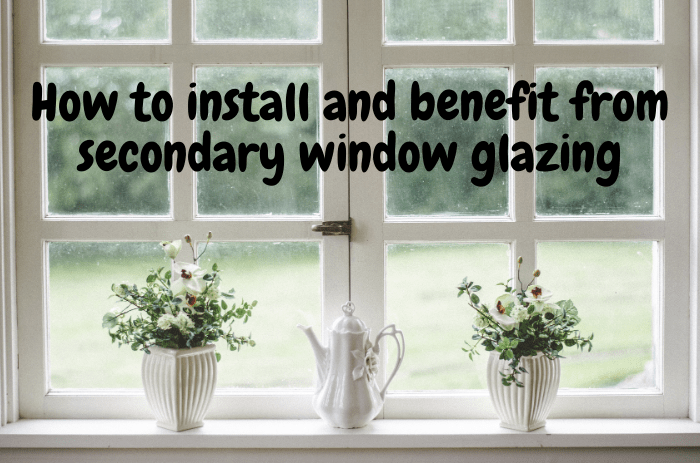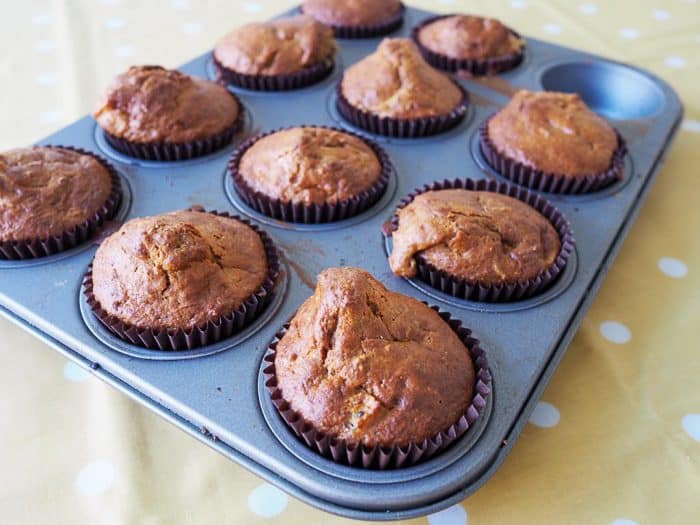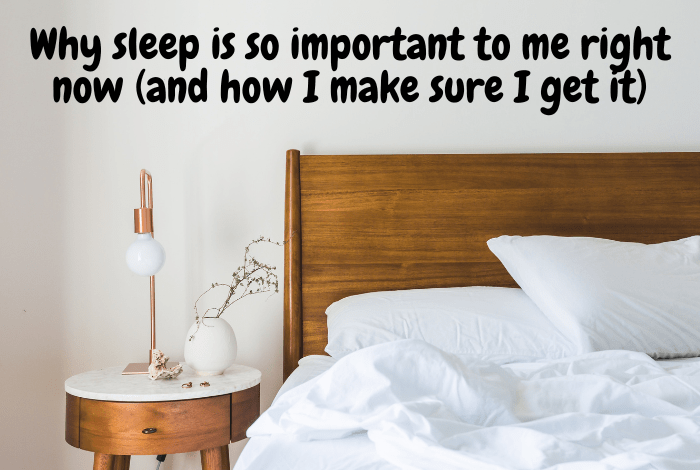I am super conscious right now about all the things I can do to try and save some money here and there because let’s face it, we could all do with more money in our pocket right now! Sometimes, there are things that I want to do that I know will save me money over time but the initial outlay is too much!
Today, I’m going to share with you an example that I’ve come across where I know more money could be saved with the longer term solution (double glazing) but the cost is more than some people can afford right now so an alternative (secondary glazing) could be a better option at this time as it’s much cheaper to fit and can be done by any DIY-er.

A small investment that can make huge savings
Everyone wants to save money around the house. Indeed, taking advantage of a free monthly budget planner can help you identify the areas where you can save, and the best ways of making those savings. One of the biggest areas of saving is on the energy we spend. This is why secondary glazing can be so beneficial – but what is it, and why might you need it?
What is secondary glazing?
Secondary glazing is similar, but not quite the same, as double glazing. With double glazing your whole window pane is removed and replaced with one that is essentially two-panes thick. This is an effective process for insulation and keeping out the cold, however it’s also an expensive and quite invasive process. Secondary glazing is basically a second window that is applied over your existing window – the pane is often made of acrylic, so it’s still totally transparent but lighter and much more resistant to shattering. This can help you increase your home’s efficiency.
How do you install it?
You don’t need to be a professional window-fitter to install secondary glazing. The benefit of acrylic it is that it’s lighter and easier to work with than traditional glass panes, which makes it that much more affordable to install. There are handy and easy installation guides to follow when you buy your DIY secondary glazing kit, that will allow you to install it with no trouble. Only basic tools are needed, and many of the necessary fixtures and fittings are often provided with the panes.
Isn’t double glazing better?
It depends on the way in which you’re talking about. If you’re thinking of things in terms of pure efficiency, then double glazing will be more efficient and it will allow you to improve the insulation of your home even more. As we mentioned above though the downside is that double glazing is expensive, both to buy and to install. It’s very possible, especially if you’re on a budget, that you will spend more buying and installing the double glazing than you will save through its efficiency.
This is where secondary glazing is such a useful prospect, especially for those with limited budgets. It offers an improvement in your insulation without needing the expensive purchase or the invasive installation. You can buy it and install it yourself in very little time and with only basic tools.
Making the most of secondary glazing
Secondary glazing will help the efficiency of your home by adding to the insulation, but if you really want to make the most of your budget you should be using it in conjunction with other things.
For example, secondary glazing should be a part of a wider effort to minimise draughts in your home – which can be a serious issue through the winter months. Draughts come from under doors, around windows and vents, and can even come from around your letterbox. Some simple draught excluder tape or devices are relatively cheap purchases that can instantly make your house feel warmer.
Don’t miss out on future posts like this – receive updates directly to your inbox by email by adding your email address here and hitting subscribe. You can also follow me on Twitter or BlogLovin and I’d love to see you over on my Facebook page and on Instagram. If you’re interested, you can find out more about me here and while I’ve got your attention, if you’re wondering why some of my posts lately are a little bit less frugal then have a read of this post. 😉 This is a collaborative post.
Do your future self a favour – Pin this post for later.
Discover more from The Diary of a Frugal Family
Subscribe to get the latest posts sent to your email.








